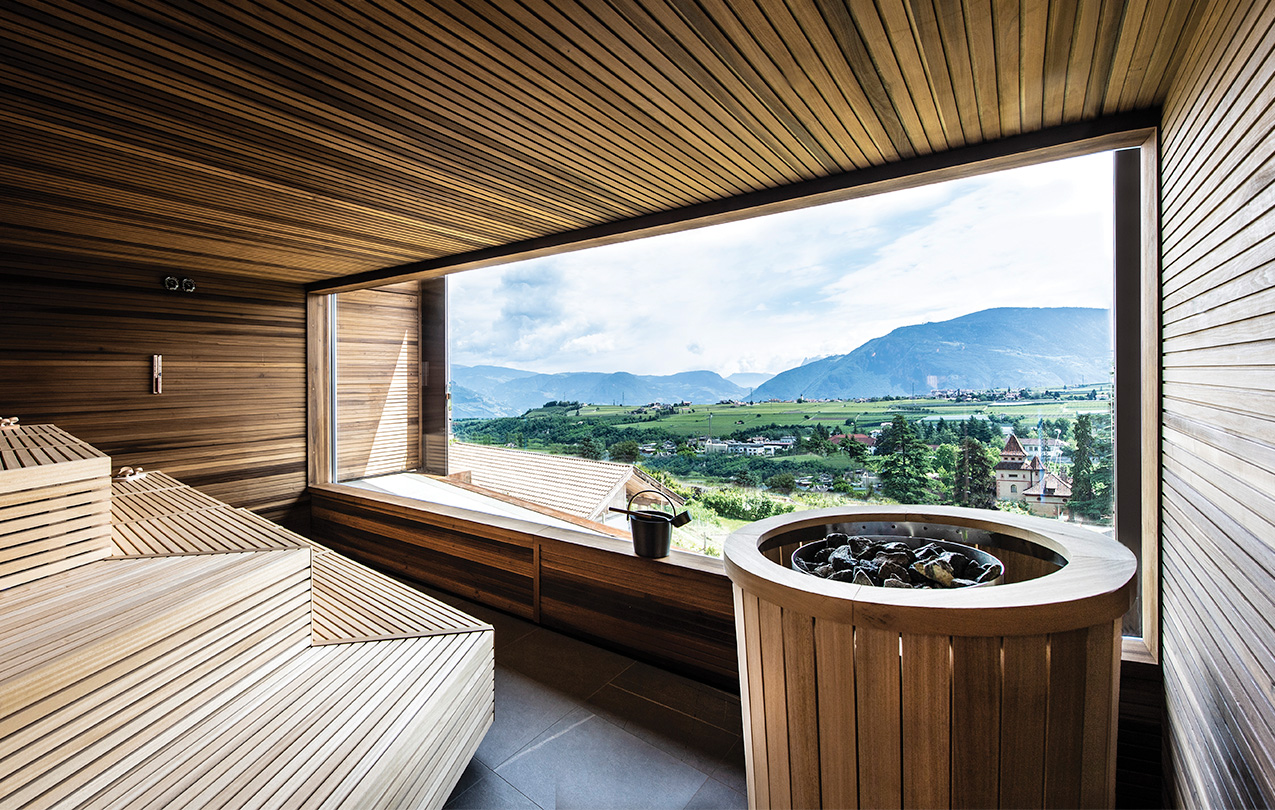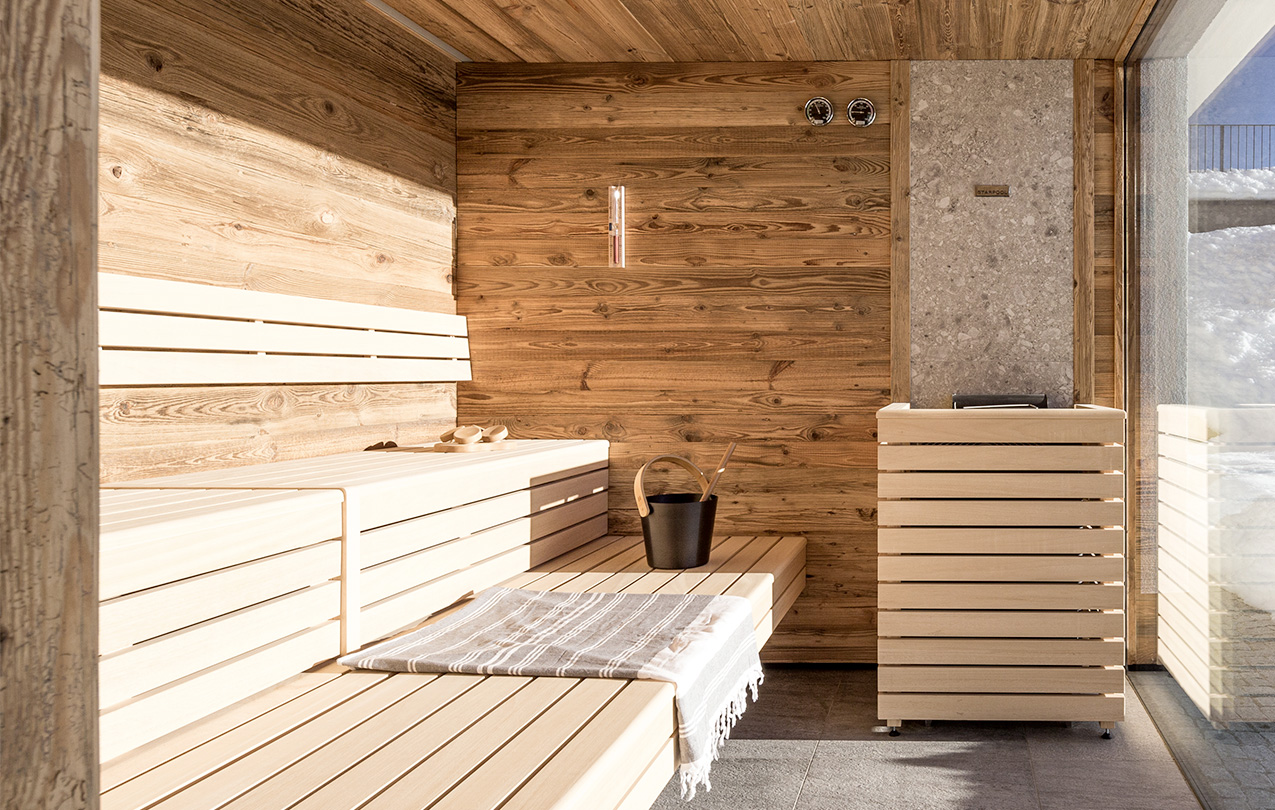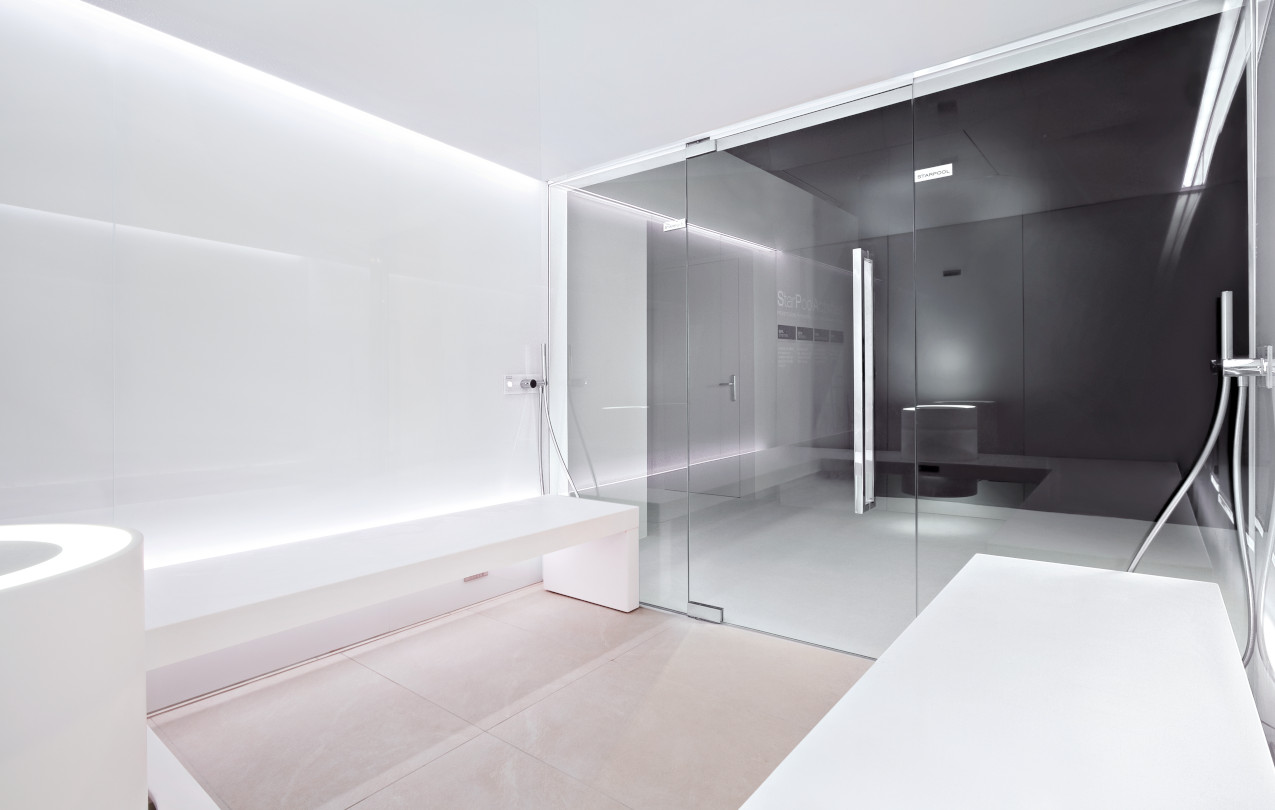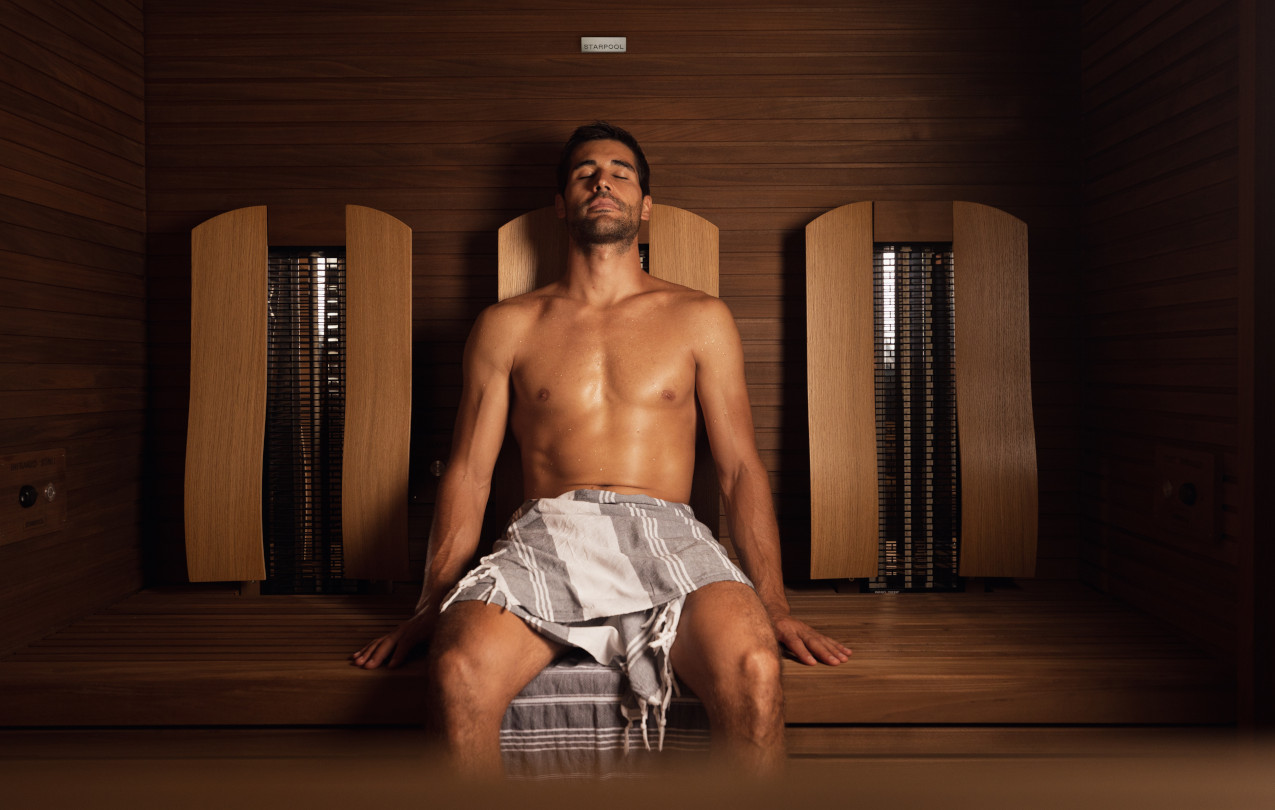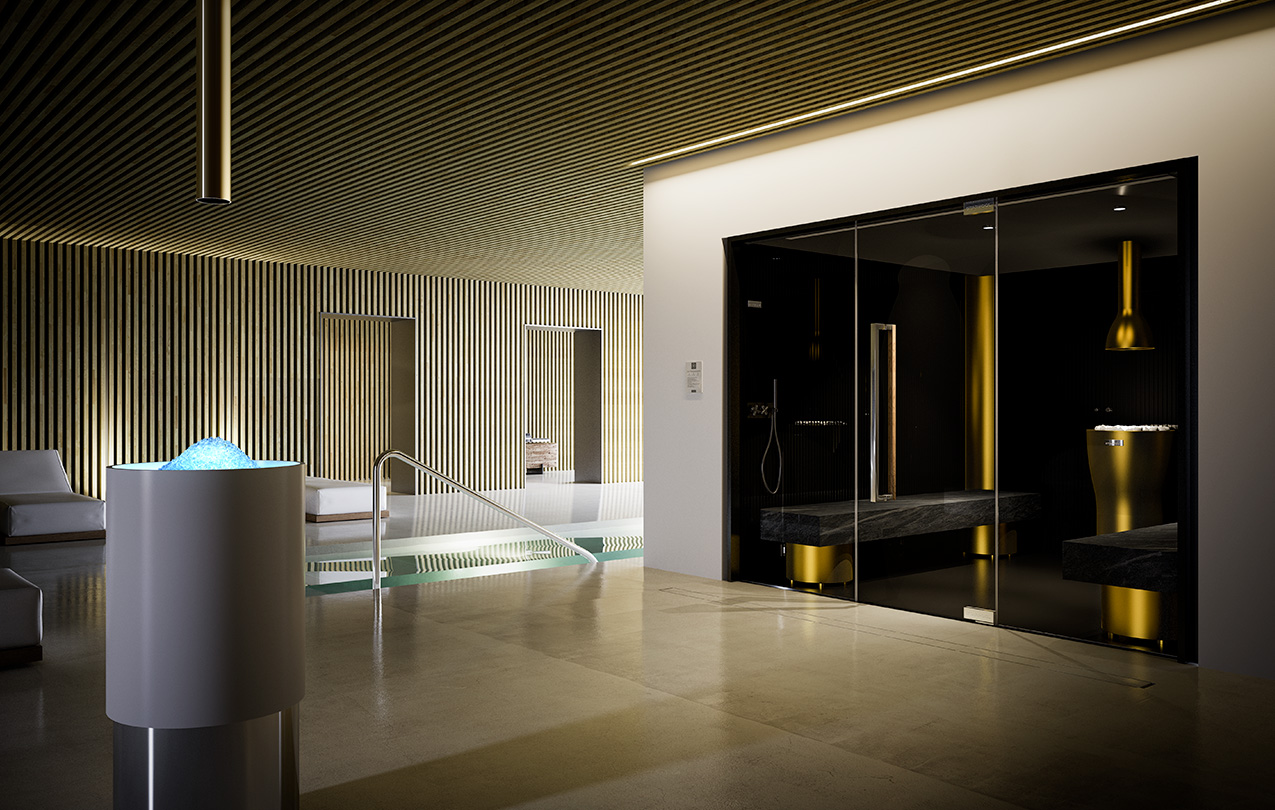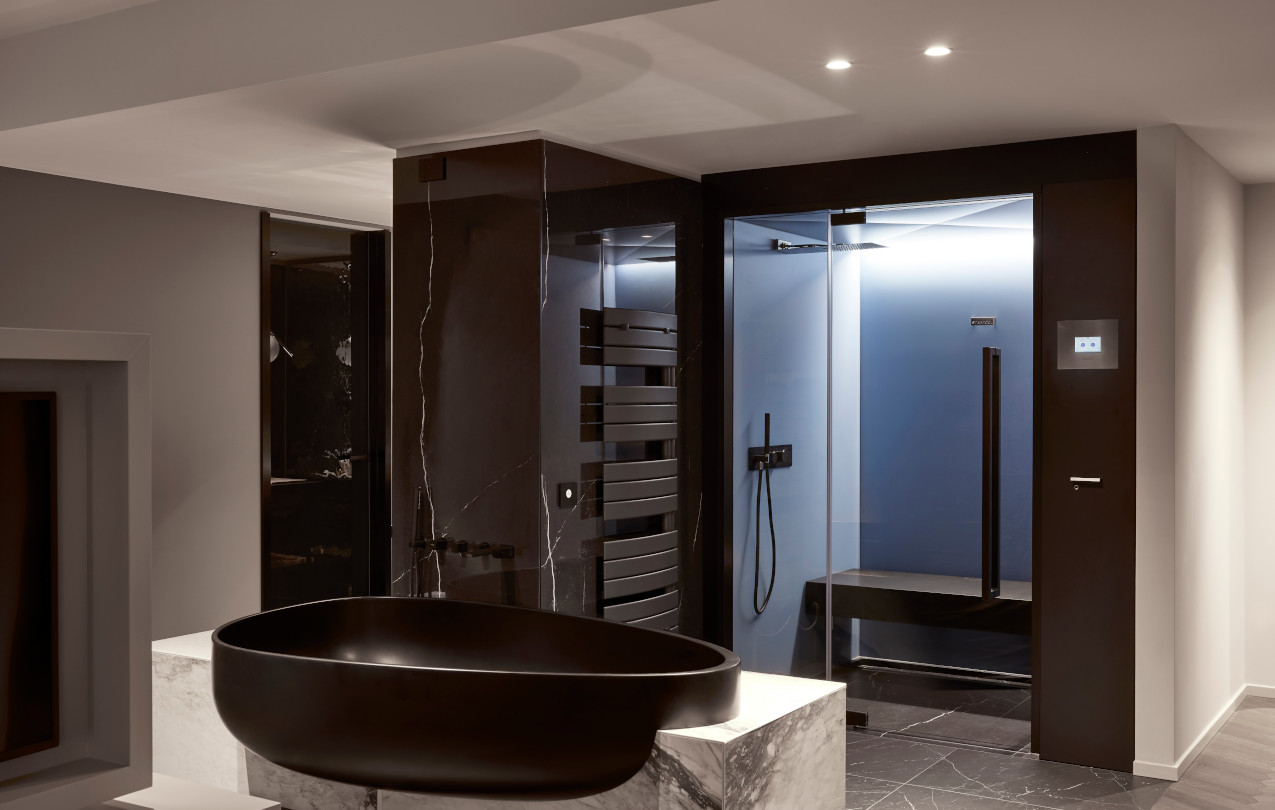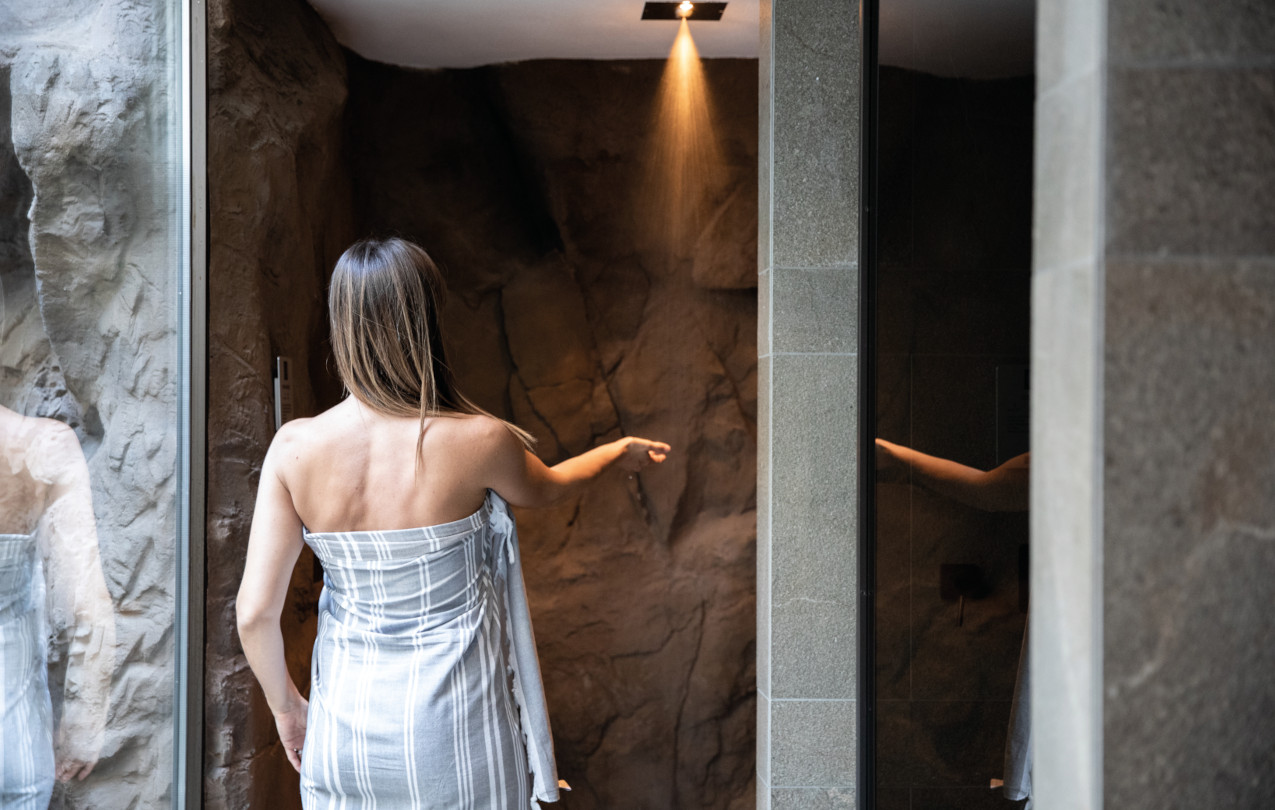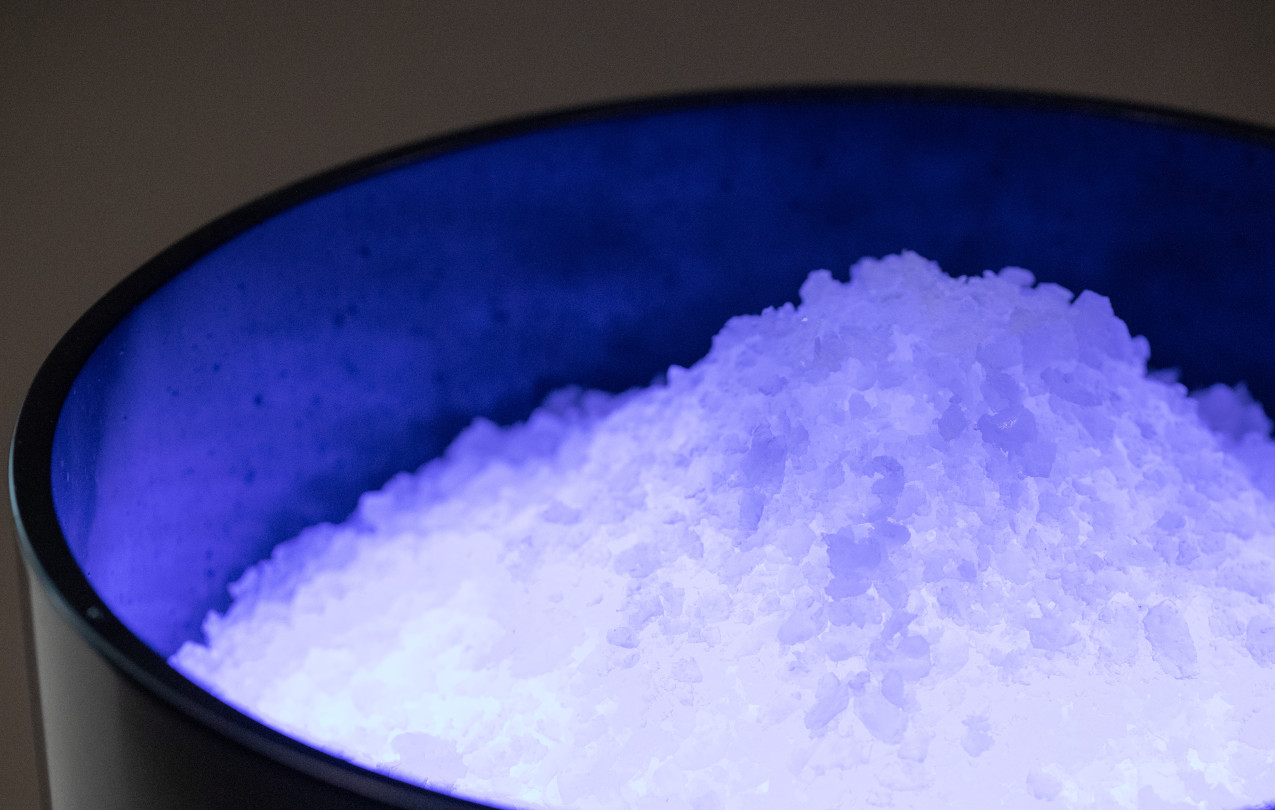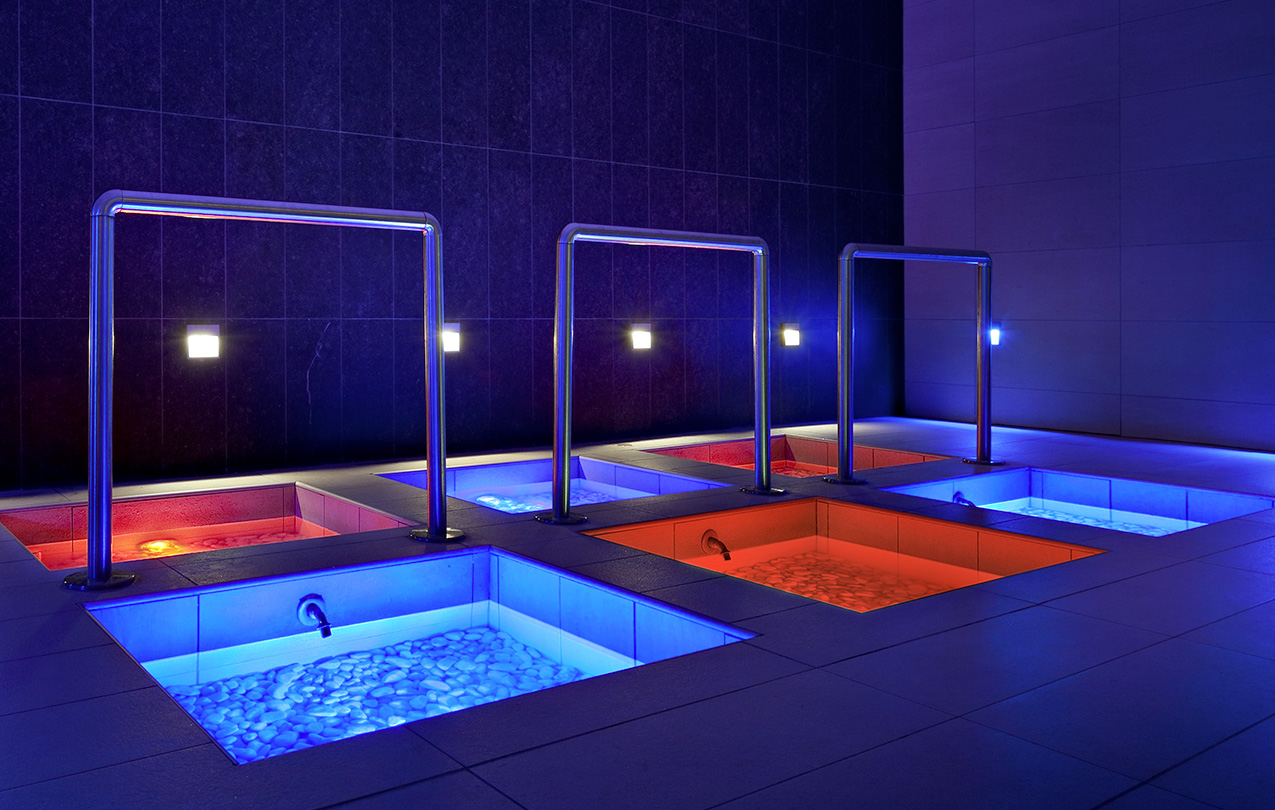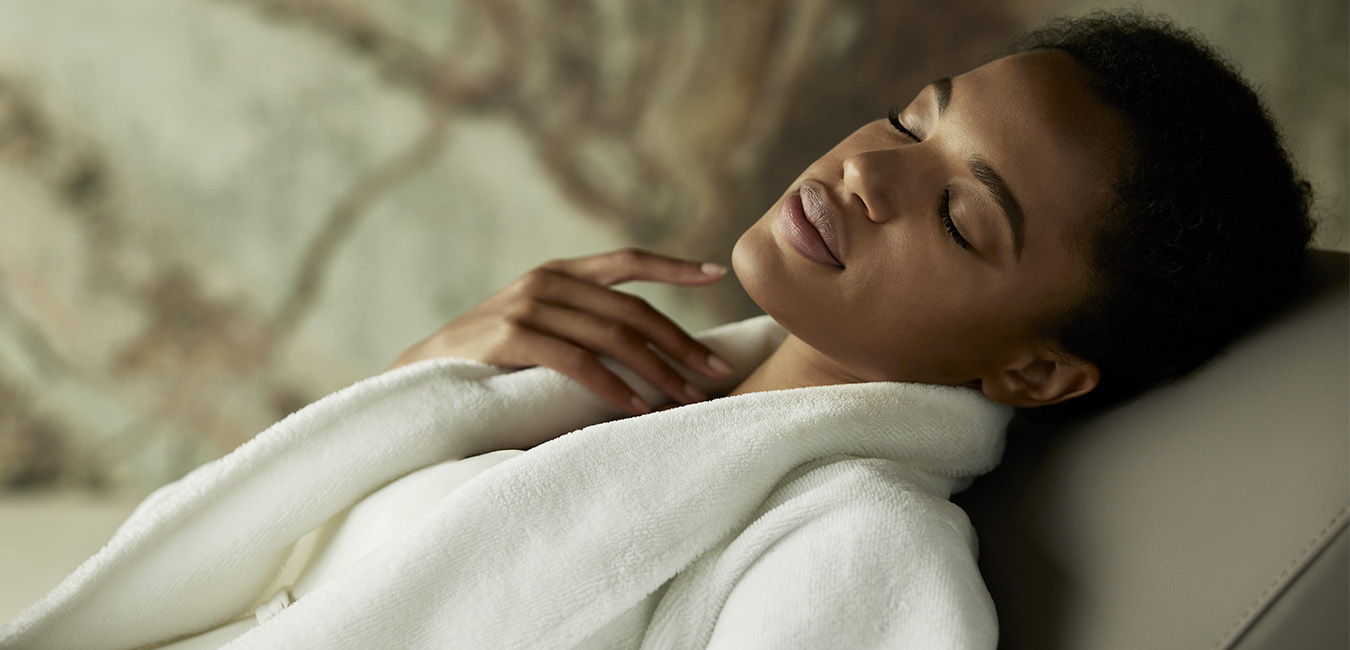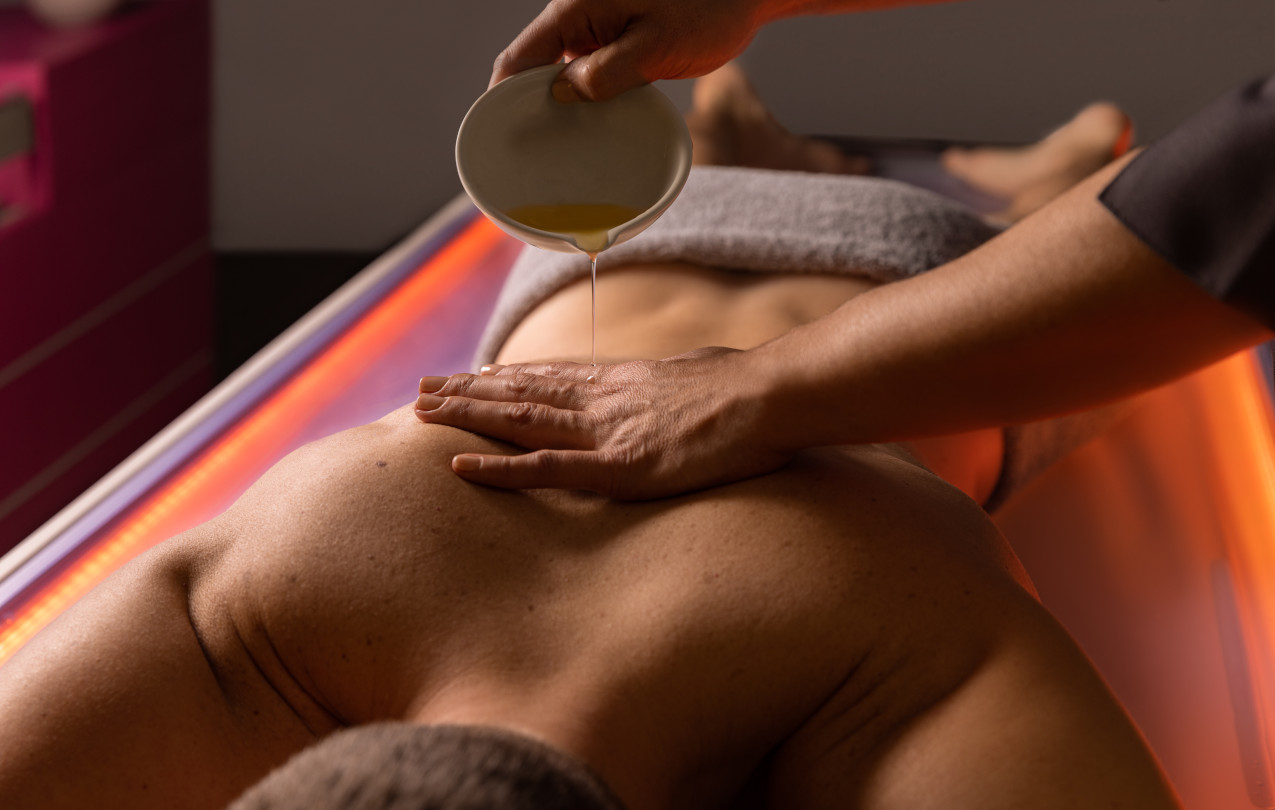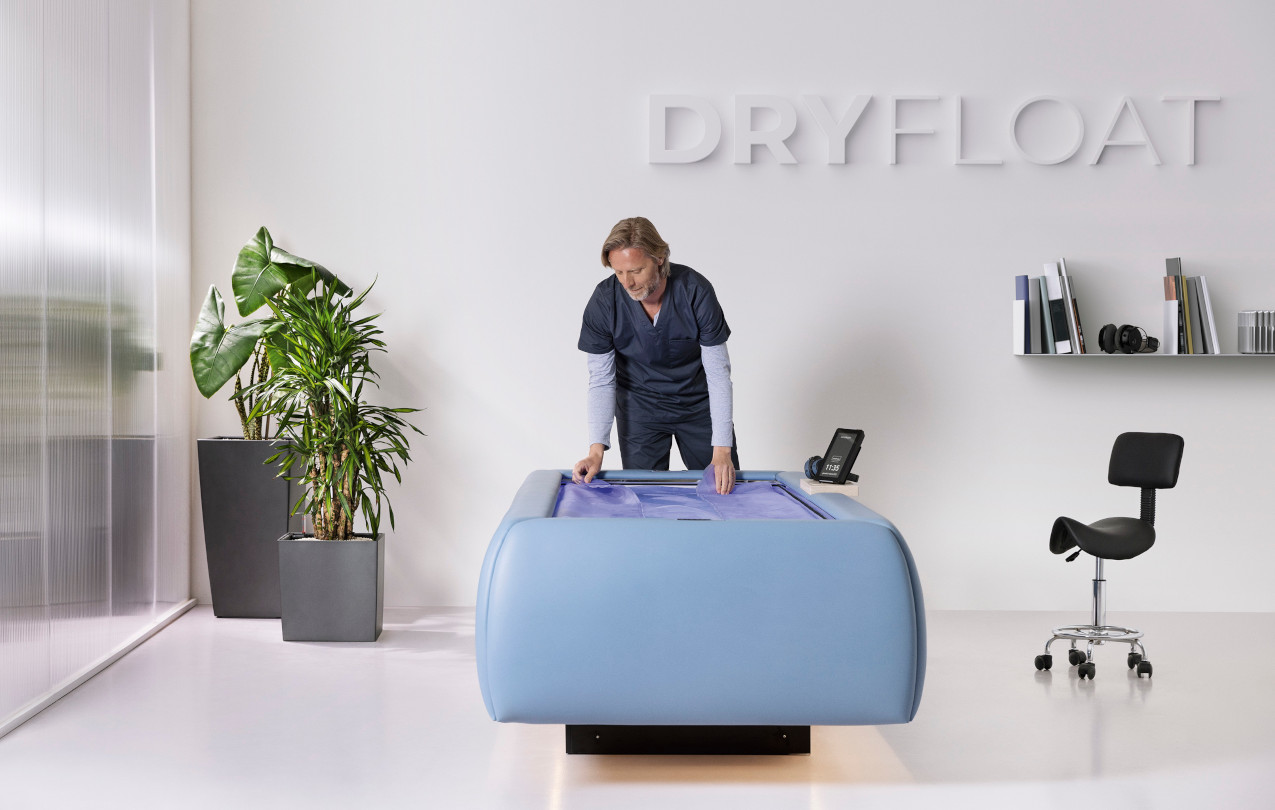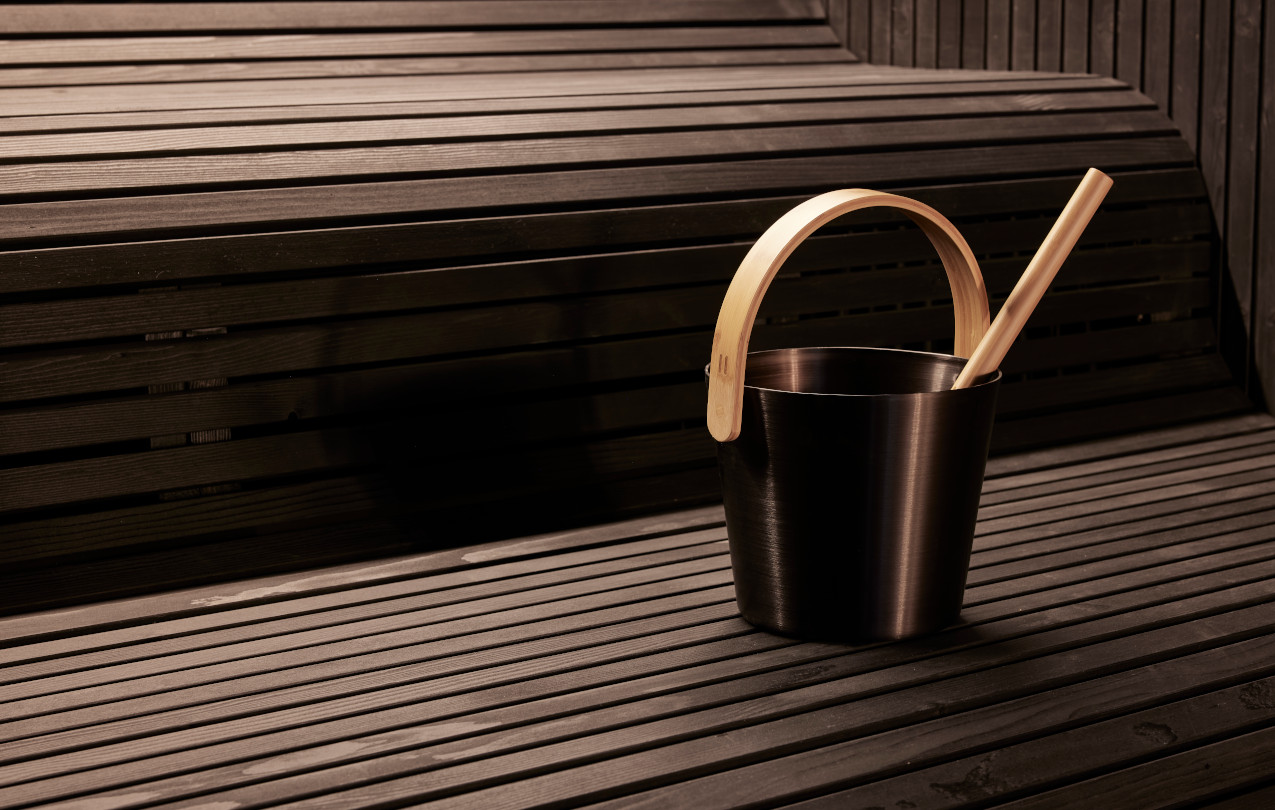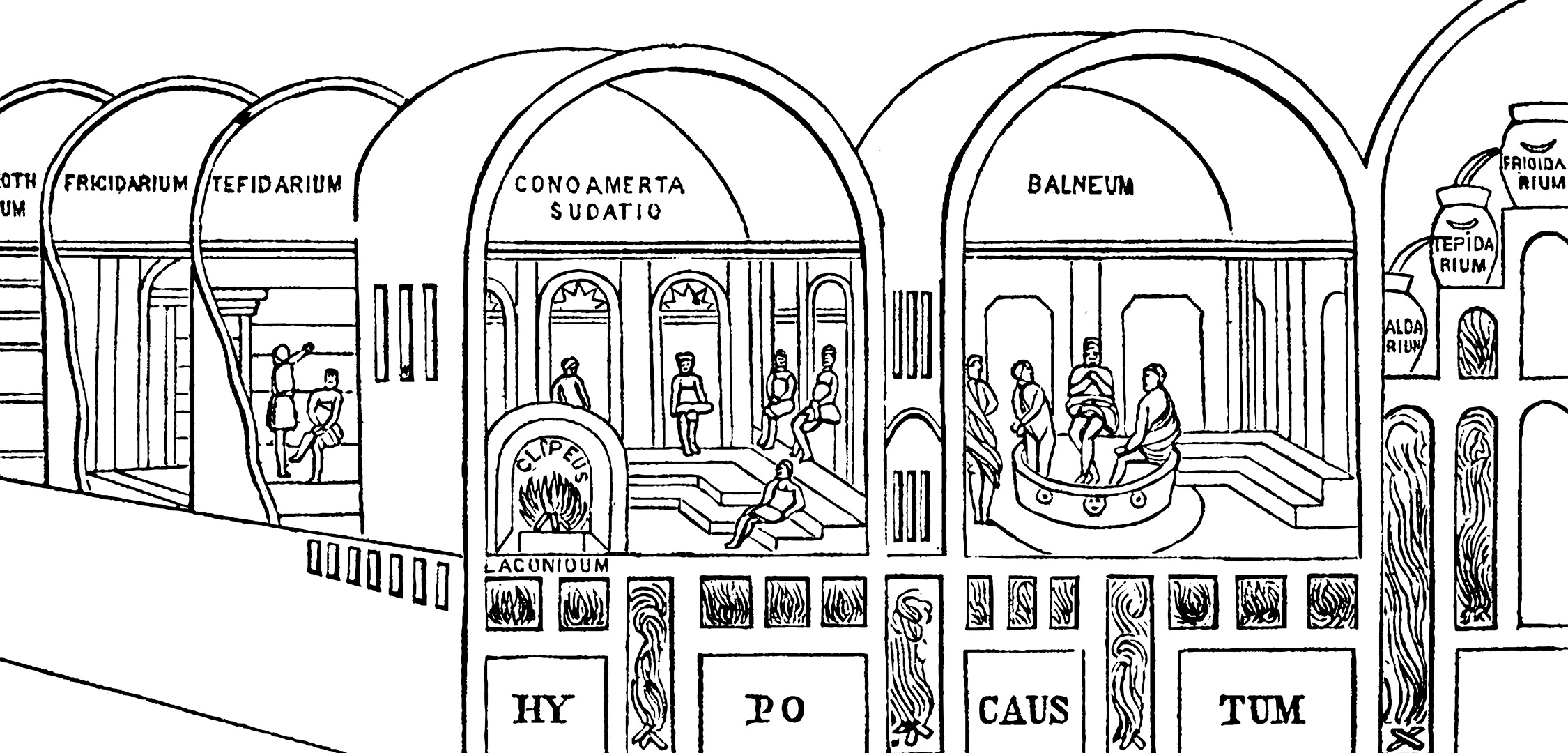Mediterranean Bath
Origins, characteristics and benefits
The Finnish sauna has its origin, as its name suggests, in Finland. The steam bath comes from Turkey, from the Arabic Hammams. And what about the Mediterranean bath ? It is certainly less well-known than the others, but it is the only one whose technology was inspired and originated in the Bel Pease, Italy. Isn’t it curious?
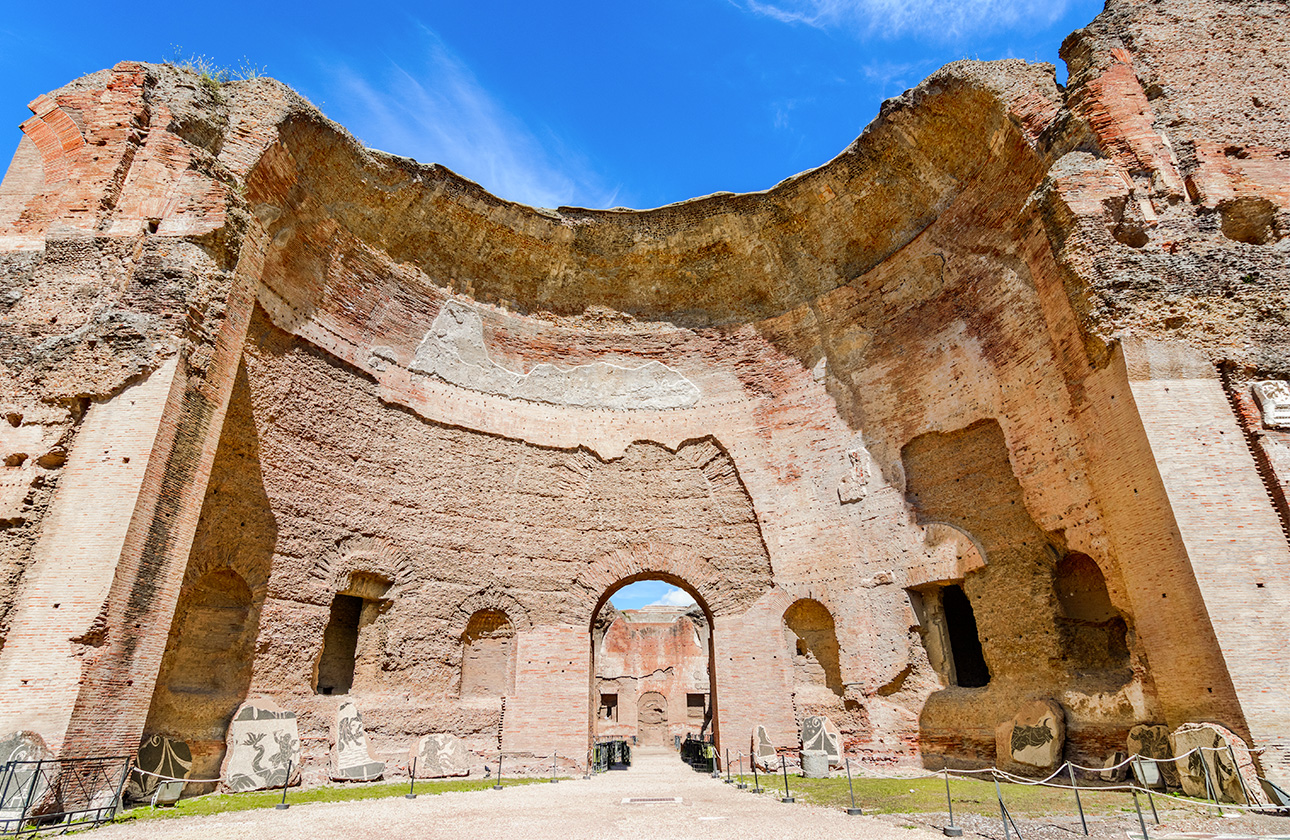
From the Roman thermae to the Mediterranean bath
At the times of the Phoenicians and Egyptians, the therapeutic effects of steam were already very well-known. However, the Romans were the first to appreciate its benefits, to perfect the techniques and to create the first thermae.
Thanks to the Roman Consul Marcus Vipsanius Agrippa, the Baths of Agrippa were built at Campo Marzio in the 12th century BC. The great population growth led the following emperors to build new thermal baths. However, the structure of the first thermae became an actual model, which was then repeated in all the following projects. The Baths of Agrippa had been designed with that specific purpose, and it was not possible to make changes to the complex without causing engineering and hydraulic problems.
Characteristics of the Roman thermae
The Roman thermae were articulate buildings where the central body was also the heart of the whole complex. Once there, men and women would go to separate dressing rooms where they changed and left personal belongings in specific recesses.
At this point, they had two options. Those who wanted to train went to the gym, while the others would go directly to the tepidarium, the room with the mildest temperature, to start to warm up the body.
Then, they would go to the calidarium, the most humid room because of the water sources which, together with the heat, created the ideal area to soften and clean the skin.
The next room was the frigidarium, a room with cold water where it was possible to tone and strengthen the body and bring it back to its normal temperature after the exposure to the heat.
In the central body there were also specific areas for relaxation and massages, barbers and hairdressers, as well as an outdoor swimming pool, available to those who wanted to spend some time there.
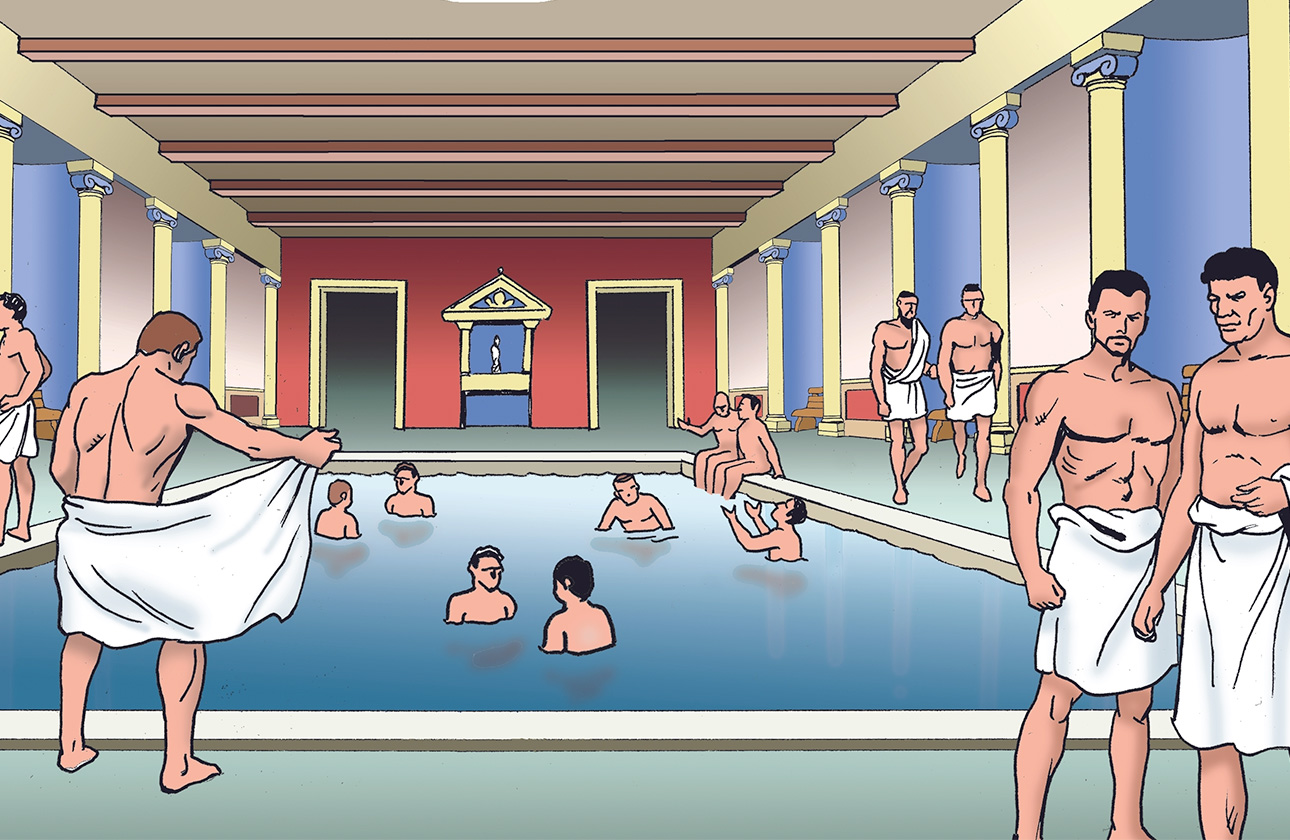
The social side of the Roman baths
For the Romans, the baths were not just a place to take care of themselves. They were also the place dedicated to socialisation, where to meet with friends and spend free time.
They were designed as places for cultural exchange, especially for the lower classes. In the thermae, publing readings of texts and literary works were organised, while theatre plays were acted out in the arena.
The psychological benefit was extraordinary : people would relax and release tension after a day of hard work.

The Mediterranean Bath
Our Starpool reinterpretation of the Roman thermae is an only room, called Mediterranean bath, where the temperature is 45-50°C with a humidity rate of 55-65%. This is the modern reinterpretation of the concept of heat transfer by radiation of the laconicum, thanks to a perimetral system that transfers the high temperature directly to the back, offering a sensation of total immersion in a heat bath.
The central stove enhances the heat, favoring the equal and homogeneous distribution of hot air inside the cabin. A jet of perfumed water is released from the ceiling nozzle every five minutes. The spraying causes the humidity level to rise and also marks the passing of time.
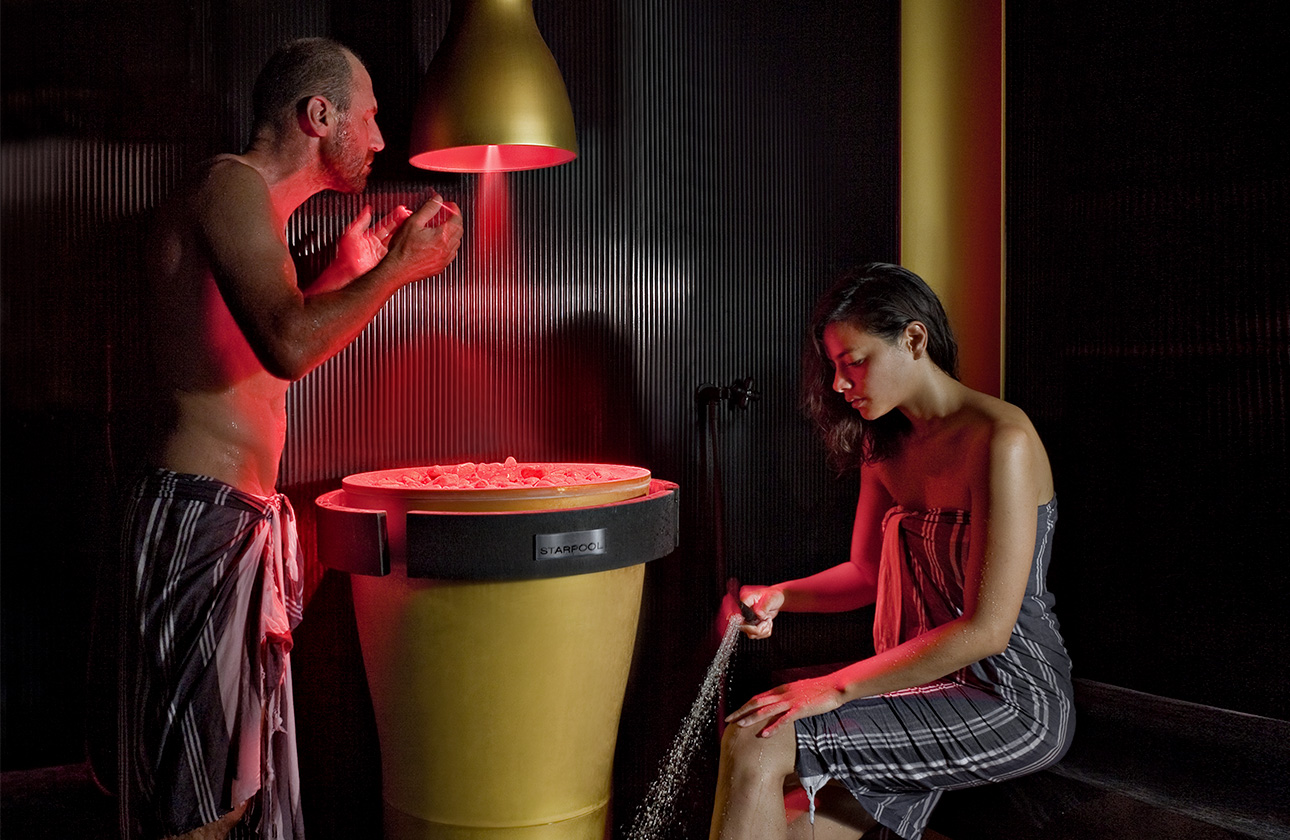
The benefits of the Mediterranean bath
Like the Roman laconicum, the Mediterranean bath is, thanks to its characteristics, a great place for socialisation. For this reason, the stay can be prolonged and the delight of chatting is promoted by the temperature that is milder than in the steam bath or in the sauna.
Thanks to the slow and profuse sweating it causes, the Mediterranean bath allows to enjoy multiple beneficial effects:
- Greater skin elasticity
- Faster elimination of metabolic waste
- Better sleep quality
- Easier elimination of fat accumulation with prolonged stays


